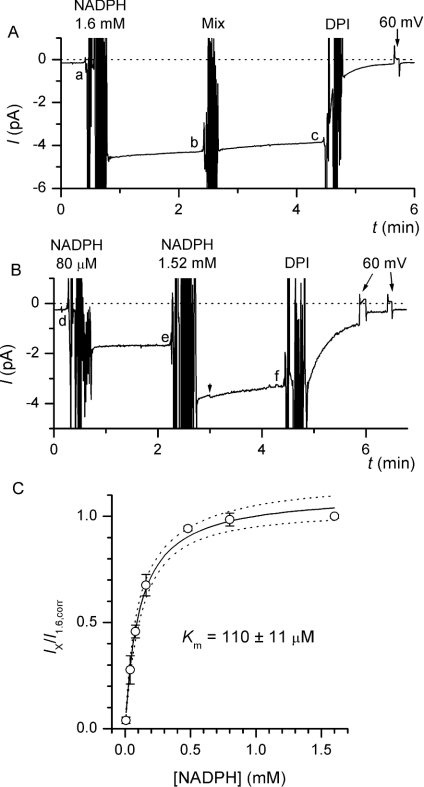Figure 1. NADPH-dependence of electron current in inside-out patches.
(A) Inside-out patches were excised into a NADPH-free bath solution and held at −40 mV. After Zn2+ in the pipette had blocked outward H+ current activation at 60 mV (results not shown), electron current was evoked by application of 1.6 mM NADPH to the bath. After 2 min, the bath solution was mixed with a pipette to test the effect of bath manipulation on Ie, and 2 min later 12 μM DPI was added to inhibit Ie. The average current amplitude during the last 10 s preceding each intervention was determined to assess the extent of Ie run-down (c−a)/(b−a). (B) To obtain the NADPH dose–response curve of Ie, different concentrations of NADPH (80 μM in this representative trace) were applied to the bath, and 2 min later the [NADPH] was increased to 1.6 mM. Ie amplitudes were determined as described above (Ix=e−d and I1.6=f−d). The arrowhead indicates the beginning of burst-like activity of an undefined single channel. (C) Fractional Ie amplitudes corrected for mean run-down (Ix/I1.6,corr) are plotted against the corresponding NADPH concentrations. Solid line is the result of fitting the Michaelis–Menten equation to the data (broken lines show the 95% confidence interval), which gave a half-saturating [NADPH] of ∼110 μM. Points are the means of 4 or 5 independent experiments for each [NADPH].

